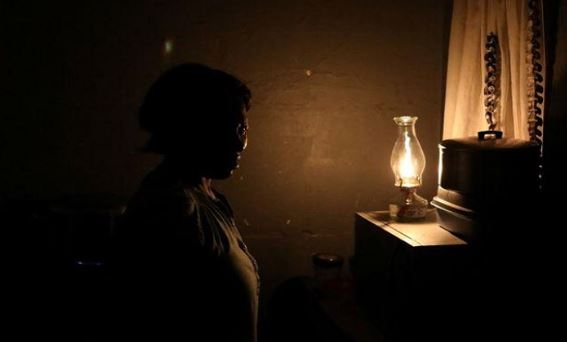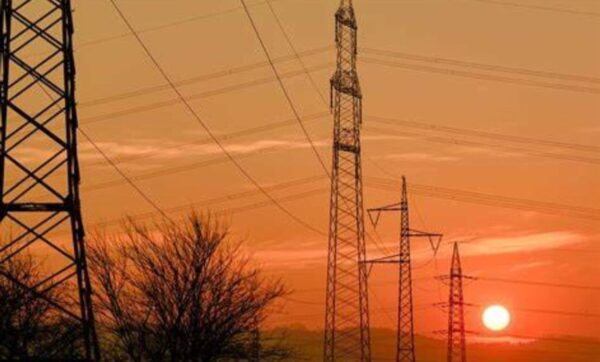Lifestyle
Load shedding: 10 things you should have in your home right now

Load shedding continues unabated for hard-hit South Africans, and is set to get even worse in the coming weeks.
The constant power cuts wreak havoc on our daily lives, affecting how we work, cook, study, live, and entertain.
Stage 6 load shedding has become the daily norm and there are predictions that South Africa could reach Stage 8 in the next few days. Not only this, but Stages 9 and 10 are real possibilities as we head further into winter.
While there is nothing we can do about the scheduled outages, there are some things we can do to make life bearable. South Africans have already become pretty organised when dealing with the current load shedding crisis, but there may be more that we can do to keep living as normal – or at least as normal as is possible.
Here are some items you should have in your home to help you survive the power cuts:
1. Power banks
A power bank is a portable charger designed to recharge your electronic devices when you’re on the move. Ranging in size from slim, pocket-sized devices up to larger, higher-capacity power banks, power banks can be used to charge smartphones, tablets and other devices.
A fully charged power bank or two in the house is essential for the times that load shedding catches you unawares or for those times that the outage triggers another electrical fault in your area and your power does not come back on for a long period of time.
2. A non-electric kettle
Stove-top kettles are making a strong come-back as a result of load shedding. Usually made of stainless steel, they can be heated up on a gas stove or fire when there is no electricity.
3. Outdoor lighting
With winter in full swing and us South Africans still keen on evening braais and socialising, having sufficient light to allow you to relax or socialise outside at night is a good idea. It will also make your home less attractive for would-be intruders.
Solar outdoor lamps that absorb energy from the sun during the day, are ideal. That energy absorbed during the day is used at night to light up your outdoors without needing electricity. Consider some solar floodlights, whether they’re on throughout the night or switch on when movement is detected.
4. Indoor lighting
When load shedding kicks in when we need to be inside the house; when kids need to do homework, parents may need to work, or you may need to get children ready for bed, indoor lighting is important. Even if you are all fast asleep in the early hours of the morning, it helps to have a light source for comfort and also for sight if you need to use the bathroom.
If you don’t already have one, consider a rechargeable LED light. It contains a battery which charges when switched on during bouts of available electricity. As soon as the electricity goes off the bulb automatically turns on. On average the bulbs can give about three hours of illumination.
Also keep an eye out for movable rechargeable emergency lights that can be charged by plugging them into a socket when electricity is available. There are some that are also solar-powered.
5. Gas water heater
A gas source to heat water will not only allow you to bath or wash with warm water, but it will cut down on your electricity usage, and therefore costs.
This is just one example of a product that load shedding may have forced you to invest in, or consider buying, but is a device that can be used in the long-term to benefit our pockets and the environment.
6. Inverter
Basically, a power inverter changes DC power from a battery into conventional AC power that you can use to operate your WiFi and also, among other things, electric lights, kitchen appliances, microwaves, power tools, TVs, radios, computers, and others.
With many of us now working from home, our work schedules are being interrupted by daily power cuts, and while charging cell phones and laptops may keep us operating for a short while, we cannot work without WiFi.
Investing in an inverter has therefore become a necessity for those of us who work from home. The size and capacity required will depend on the number – and type, of devices you need to keep up and running.
It is not advisable to leave your inverter on all the time as it will quickly drain the battery even if no electronic appliance is connected to the inverter.
7. Rechargeable fans
Even though we are no longer in summer, it still gets very hot in parts of the country, and so a portable rechargeable fan will be essential when load shedding hits and the heat of the day is high. These fans can be placed near your bed or on your work table and are charged up when electricity is on.
Agents from the Seeff Property Group also highlight these 6 important items to have in your home:
8. Gas stove or burner
This is a lifesaver during power outages, especially as these often fall over meal times. Aside from being able to braai during this time, at least you can cook and boil water.
A gas stove has become a big ticket item on a kitchen renovation and a must-have in your kitchen if you are considering selling your home. There are cheaper versions of a gas cooker for outside as well as an indoor portable gas stove. In the winter months, you could also consider a gas heater.
9. Rechargeable light and a flashlight
Given the volatility of the electricity supply, it is advisable that you keep a flashlight handy and have a few rechargeable lights to use during the evening.
10. Water tank and a hot water flask
Given the water challenges, it is now worthwhile keeping a stock of fresh water (at least 10-litres), and a hot water flask – the bigger the better.
11. UPS and a back-up battery system
A UPS (Uninterrupted Power Supply) can keep your internet and computer going while a back-up battery system can power a TV, lights and security system.
A UPS performs a similar function to an inverter, but its switch-over is immediate compared to an inverter which has a time delay. A UPS stores electricity while an inverter converts AC power to DC power. These devices can be more expensive than inverters.










